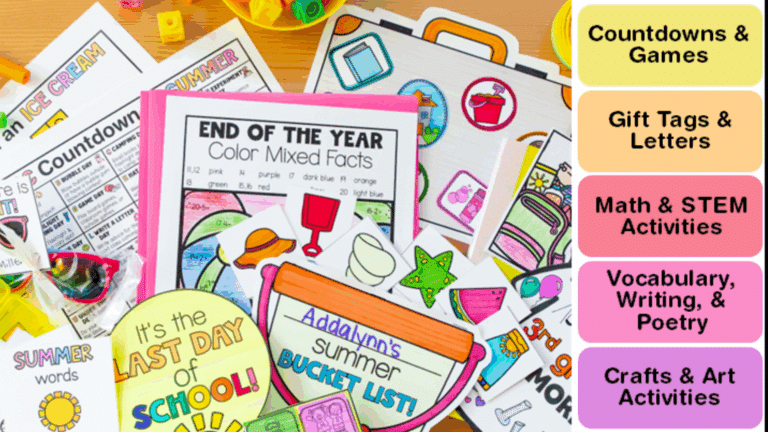If you’ve ever watched a student staring at a blinking cursor, frozen by the pressure of writing the “right” way, you know something’s off. Despite all the emphasis on essays, structured paragraphs, and five-point arguments, writing feels more like a chore than a tool for most students. That’s a problem.
Today’s students write constantly in texts, online forums, captions, and even game chats. But schools continue to teach writing as if the internet never happened. Outdated instruction focuses on rigid formats, strict grammar, and disconnected prompts that don’t reflect how people actually use writing outside of school. Students often seek options to write essays for money and get A+ when they have to deal with boring papers.
Meanwhile, the real world rewards flexibility, voice, and the ability to connect. A modern writing education should prepare students to communicate with confidence in any format and for any audience.
Students Write More Than Ever, Just Not the Way Schools Expect
We often hear that students don’t write enough. But in reality, they’re writing every day, just not in essay form. Text messages, emails, comments, reviews, captions, Discord threads, and group chats all count. These are real writing environments where tone, clarity, and word choice matter.
The disconnect? Schools rarely treat this kind of writing as valuable. Instead, they continue to teach for standardized tests and outdated expectations. This mismatch creates a gap between what students know how to do and what they’re being asked to do. When we ignore how students already engage with language, we miss the chance to help them grow.

Rigid Writing Rules Kill Creativity and Confidence
Traditional instruction often rewards form over function. Students are taught to focus on structure, like a thesis, body, and conclusion, even before they have a clear idea of what they want to say. Grammar is overcorrected. Creativity is discouraged. And the result is formulaic writing that no one, including the student, actually wants to read.
Mark Bradford, a writing consultant at the essay writing service EssayHub, explains: “Students aren’t afraid of writing. They’re afraid of getting it wrong. We’ve trained them to think more about rules than meaning.” He says the best writing, even in academic settings, starts with strong ideas and a personal voice, not templates.
If we want better writing, we need to allow for messiness, exploration, and risk-taking. These are the things that rigid instruction tends to stifle.
Real-World Writing Looks Different Now
Writing today is more diverse than ever. Students need to learn how to adapt their style and tone to different formats and audiences:
- Emails and cover letters
- Social media captions
- Blog posts and reviews
- Personal statements
- Presentation scripts
- Chat-based communication
- Digital storytelling formats
- Text and caption-based argument writing
Exposure to these formats not only builds skill but also shows students how writing can be useful beyond the classroom.
Feedback Needs to Be a Conversation, Not a Correction
Too often, feedback on writing is a list of things to fix: grammar errors, missing citations, and awkward phrases. But none of that helps if the student doesn’t understand what’s working or why it matters.
Good feedback should feel like a conversation, not a checklist. It should ask questions, invite reflection, and help the student see their own progress. Something as simple as “Tell me more about this part” or “What do you want the reader to feel here?” can be more helpful than a dozen red marks.
Modern instruction should treat feedback as part of the learning process, not the final judgment.

Students Need to Write with Purpose, Not Just to Pass
When students write for a real reason, they care more. And when they care, they try harder and learn faster. Teachers can give assignments that feel like real writing situations:
- Ask students to write reviews of books, games, or apps they actually use.
- Have them write letters or petitions about school issues they care about.
- Turn research projects into blog posts meant for a real audience.
- Let students write reflections or guides based on their own experiences.
- Assign opinion pieces on current events or community topics.
These formats still teach structure and clarity, but they also show that writing can have meaning beyond a grade.
Teachers Need Better Support, Too
This isn’t just a student problem. Many teachers are expected to follow rigid curriculum guides or prep students for standardized writing exams. There’s little room to try new formats, use student-driven topics, or give flexible feedback.
Professional development rarely focuses on modern writing forms or technology. Teachers need time, training, and permission to shift how they teach writing. Otherwise, the same broken system keeps cycling through.
And when teachers are overwhelmed, many understandably default to templates, rubrics, and rigid grading. A real makeover means supporting educators as much as students.
Conclusion
Writing instruction doesn’t need to be smarter. Students live in a world of constant communication, yet they’re often taught to write like it’s still 1995. It’s time to update the way we teach writing to reflect what it actually looks like in the real world.
That means focusing on clarity, voice, and purpose over rigid formats and correction marks. It means honoring the writing students already do and using it as a bridge to deeper, more thoughtful expression.

















